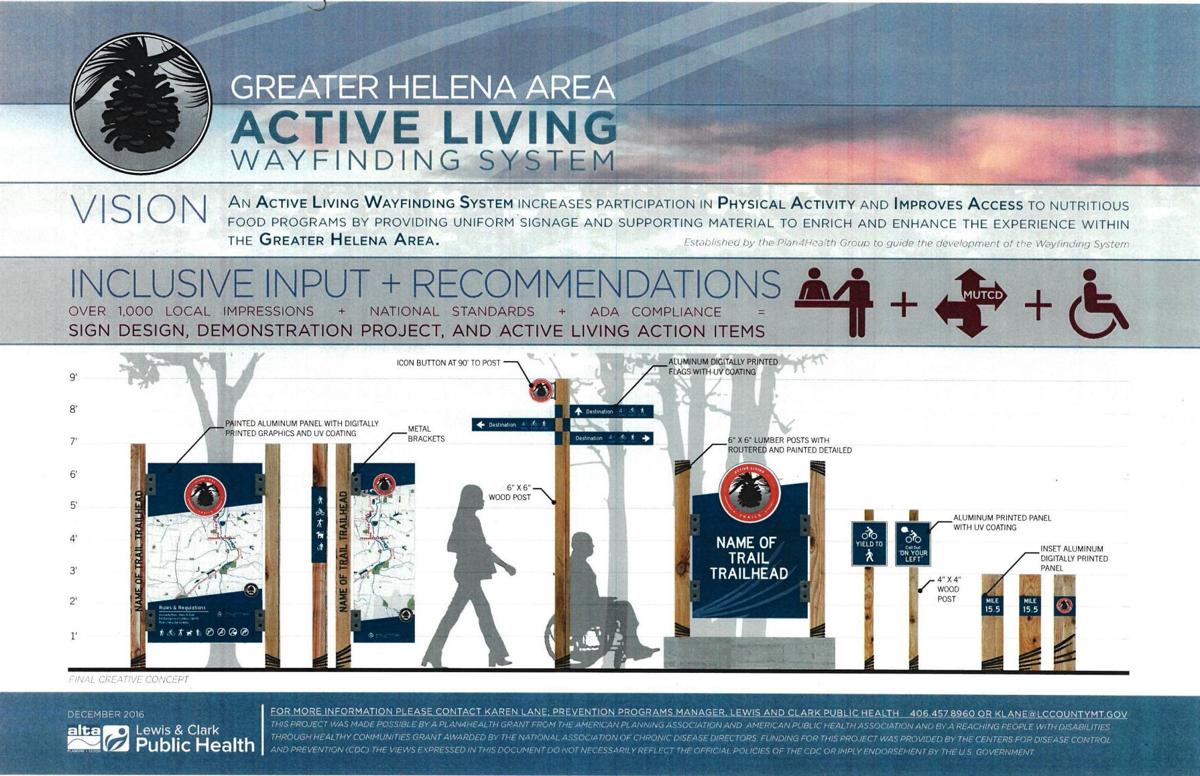The Lesson in Planning. As you see, these activities are all centered around wellness, but they aren’t strict and methodical. There are times for fun conversation, plenty of breaks, and they allow for enjoyable activities that create socialization opportunities while pursuing wellness. And that’s what it comes down to. Activities to Teach Living Things One way I like to kick off the exploration of living and non-living things is to engage students in a museum walk. Students come into the room and walk around to find pictures all over the tables. In this case, there are pictures of living things and non-living things. Inquiry Plan—Grade 3 Active Living: Physical Fitness. Inquiry Plan—Grade 3 Active Living: Physical Fitness. Curriculum Expectations (Grade 3) 1.1 - use self-awareness and self-monitoring skills to help them understand their strengths and needs, take respon-sibility for their actions, recognize sources of stress,. Use our strategy guide for planning your own active lessons. Active Lesson Videos: Check out our strategies in action! Greater Richmond Fit4Kids Wellness Integration Specialists show how to lead active classroom lessons for any grade level and subject. Movement Recording Sheet: Many of the lessons required the use of a Recording Sheet. In a society where childhood obesity is a serious national issue, it's important to raise awareness and teach kids to eat well and be active. Encourage your middle schooler to think of ways he can live healthier and come up with a plan to put into action. Need to eat less sugar?
- Activity Lesson For Educatorshealthy Active Living Center
- Activity Lesson For Educatorshealthy Active Living Communities
Share:

Fostering healthy behaviors, staying active, and eating nutritiously at home are vital for children’s development for many reasons, in addition to the obvious. Practicing health at home:
- Helps build resilience and the ability to better manage stressors
- Helps prevent disease and boosts the immune system
- Reinforces lessons learned at school and helps create a 360-degree healthy environment

When kids are out of school for any reason, whether it’s the weekend, a holiday break, or a school closure, parents and caregivers can use these activities and resources to keep their kids moving, learning, and eating healthily.

Movement & Play
- Practice yoga techniques and poses to build strength and flexibility and help relax.
- Get “family fit” using activity points to encourage movement.
- Create a backyard (or basement) fitness circuit course.
- Use common household objects for some fitness fun and games.
- Have recess at home by playing old school throwback games, jumping rope, or doing any of these 50 ideas.
- Play! Try sensory play or play on the go to encourage kids’ imaginations whenever, wherever.
- Do a nature scavenger hunt to get kids exploring the outdoors.
- Have active screen time using these fun, kid-friendly physical activity videos compiled by Active Schools.
Activity Lesson For Educatorshealthy Active Living Center
Healthy Eating & Nutrition
Visit our Healthy Eating Toolkit for dozens more tips and ideas, but here are some easy-to-implement activities.
- Incorporate nutrition education into your home routine.
- Start the day with a healthy breakfast, and keep them going with healthy snacks.
- Introduce new foods with a taste test (and get creative with how items are prepared). Here are ideas for whole grains, dairy, and fruits and veggies.
- Try mindful eating.
- Cook a dish or meal with your kids trying one of these recipes.
- Grow fresh veggies out of kitchen scraps.
- Go the distance to make your food and meals last longer.
Mindfulness & Emotional Health
Activity Lesson For Educatorshealthy Active Living Communities
- Try journaling, breathing exercises, and more.
- Explore feelings through art and color.
- Talk about feelings with these family conversation starters.
- Use movement to express emotions.
- Set intentions with your children.
- Learn basic mindfulness techniques together.
- Create a letter-writing tradition in your family.

Visit Edutopia’s list of social emotional learning resources for parents to see other ways you can encourage empathy, foster gratitude, help kids navigate the digital social sphere, and more.
Sign up to get other tips and resources from Action for Healthy Kids.
